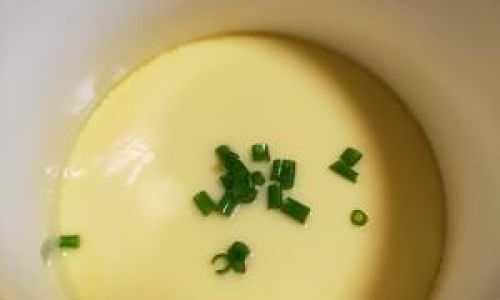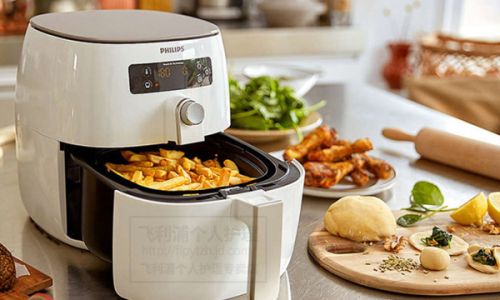Introduction:
Feeding babies is a delicate and crucial task for parents, especially when it comes to introducing solid foods. Steamed egg is a popular choice among parents due to its soft texture, mild flavor, and high nutritional value. It’s easy to digest and rich in protein, vitamins, and minerals that are essential for a baby’s growth and development. In this article, we will provide a comprehensive guide on how to make steamed egg for babies, ensuring it’s safe, nutritious, and delicious.
Understanding the Importance of Steamed Egg for Babies:
Before diving into the recipe, it’s important to understand why steamed egg is a suitable food for babies. As babies transition from breast milk or formula to solid foods, their digestive systems need time to adapt. Steamed egg is a gentle introduction to solid foods because it’s soft, smooth, and easy on the tummy. It’s also a great source of high-quality protein, which is crucial for muscle development, tissue repair, and overall growth.

Moreover, eggs are rich in essential nutrients such as choline, which supports brain development, and vitamins D and B12, which are important for bone health and red blood cell formation, respectively. The yolk also contains healthy fats, including omega-3 fatty acids, which are beneficial for brain and eye development.
When Should You Introduce Steamed Egg to Your Baby?
The timing of introducing steamed egg to your baby’s diet depends on several factors, including their age, readiness for solid foods, and any family history of allergies. Generally, most pediatricians recommend starting with single-ingredient purees around 6 months of age. However, it’s always best to consult with your baby’s healthcare provider before introducing any new food.
If your baby has shown signs of readiness for solid foods, such as sitting up unsupported, reaching for food, and losing the tongue-thrust reflex, you can consider introducing steamed egg. Start with small amounts and watch for any signs of an allergic reaction, such as a rash, hives, or digestive discomfort.
Selecting the Right Eggs:
When making steamed egg for babies, it’s important to choose high-quality eggs. Look for eggs that are labeled as “free-range” or “organic,” as these are likely to come from hens that have been fed a natural diet and have had access to the outdoors. This can result in eggs that are richer in nutrients and have a better flavor.
Avoid using eggs that are past their expiration date or have cracks in the shell, as these can increase the risk of bacterial contamination. It’s also a good idea to store eggs in the refrigerator in their original carton, placed on the middle shelf, to maintain a consistent temperature.
Preparing the Steamed Egg:

Now, let’s get into the recipe for making steamed egg for babies. This recipe is simple, quick, and requires minimal ingredients. Here’s what you’ll need:
- 1 large egg
- 2-3 tablespoons of water (use distilled or filtered water if possible)
- A pinch of salt (optional, as babies don’t need much salt)
- A small bowl or ramekin
- A steamer or a pot with a steaming rack
- A whisk or fork for mixing
- A spoon for serving
Instructions:
-
Crack the Egg: Start by cracking the egg into a small bowl or ramekin. Be careful not to get any shell fragments into the mixture.
-
Add Water and Salt: Add 2-3 tablespoons of water to the egg. This will help create a softer, fluffier texture. If you’re adding salt, sprinkle a pinch into the mixture. However, keep in mind that babies don’t need much salt, so it’s optional.
-
Mix Well: Use a whisk or fork to mix the egg and water until they are fully combined. You should have a smooth, uniform mixture with no streaks of egg yolk or white.
-
Prepare the Steamer: Fill a pot with enough water to reach just below the steaming rack. Bring the water to a boil over medium-high heat. Place the bowl or ramekin containing the egg mixture on the steaming rack, making sure it’s not touching the water.
-
Steam the Egg: Cover the pot and reduce the heat to low or medium-low. Steam the egg for about 6-8 minutes, or until the mixture is set and has a slight jiggle when you gently shake the bowl. Be careful not to overcook the egg, as it can become tough and rubbery.
-
Cool and Serve: Remove the bowl or ramekin from the steamer and let it cool for a few minutes. Use a spoon to scoop out the steamed egg and serve it to your baby. You can also cut it into small pieces if your baby is older and able to handle smaller bites.

-
Store Leftovers: If you have any leftover steamed egg, you can store it in an airtight container in the refrigerator for up to 2 days. Reheat it gently before serving to avoid overcooking.
Serving Tips and Variations:
While plain steamed egg is a great option for babies, you can also add a few variations to make it more exciting and nutritious. Here are some ideas:
- Add Vegetables: You can puree and mix in some steamed vegetables, such as carrots, sweet potatoes, or spinach, to boost the nutritional value and introduce new flavors.
- Use Breast Milk or Formula: Instead of water, you can use a small amount of your baby’s breast milk or formula to mix with the egg. This will add a familiar flavor and make the steamed egg even more nutritious.
- Season Lightly: If your baby is older and has a taste for more flavors, you can add a tiny bit of herbs or spices, such as dill or a pinch of paprika, to the egg mixture before steaming. Just be sure to keep it mild and avoid any strong flavors or spices that could irritate your baby’s sensitive taste buds.
Conclusion:
Making steamed egg for babies is a simple and nutritious way to introduce solid foods into their diet. By following the steps outlined in this article, you can create a soft, fluffy, and delicious steamed egg that’s perfect for your baby’s delicate tummy. Remember to always consult with your baby’s healthcare provider before introducing any new food, and watch for any signs of an allergic reaction. With a little care and creativity, you can enjoy making and serving steamed egg to your baby, knowing that it’s a healthy and delicious addition to their diet.





0 comments